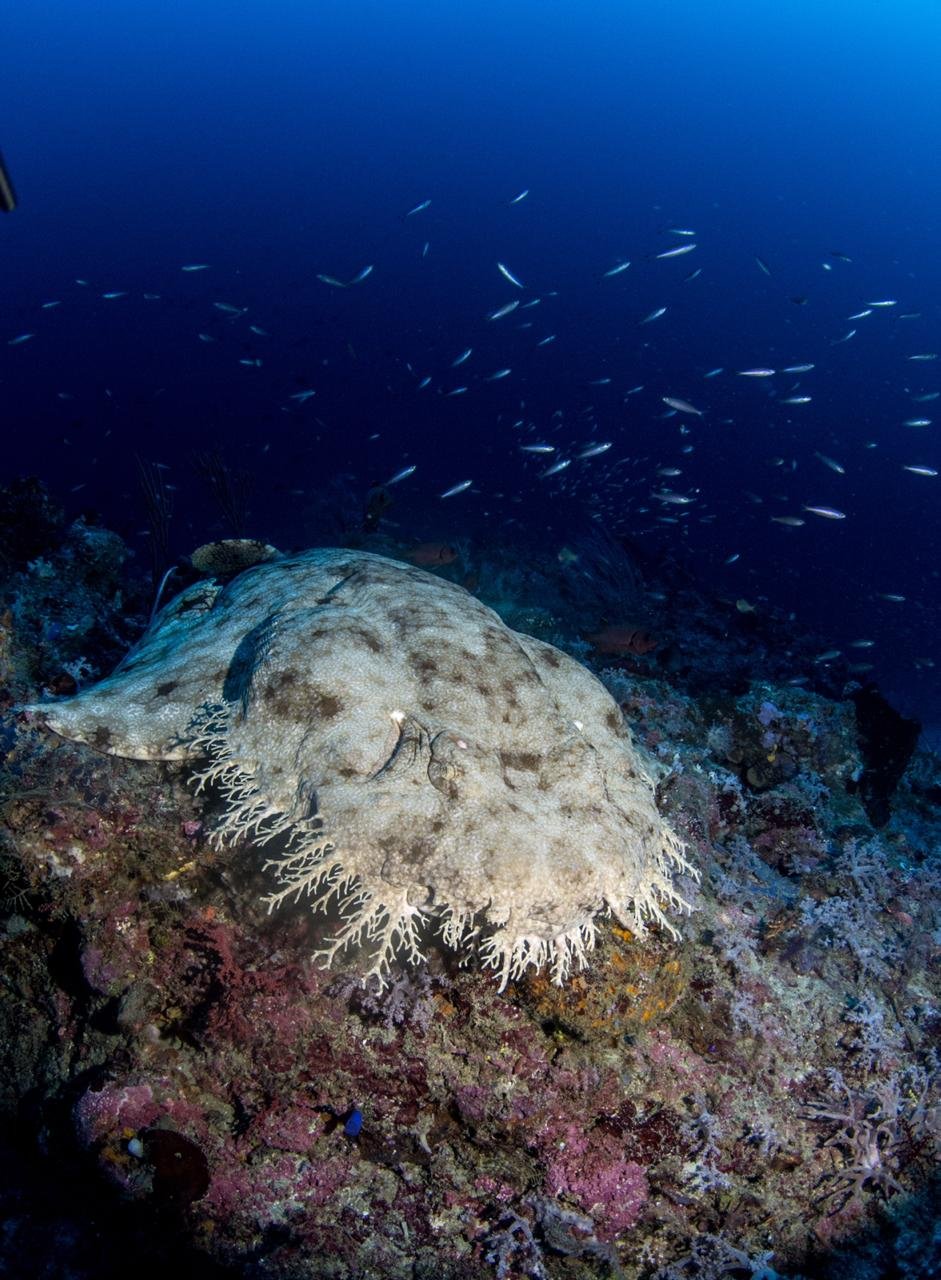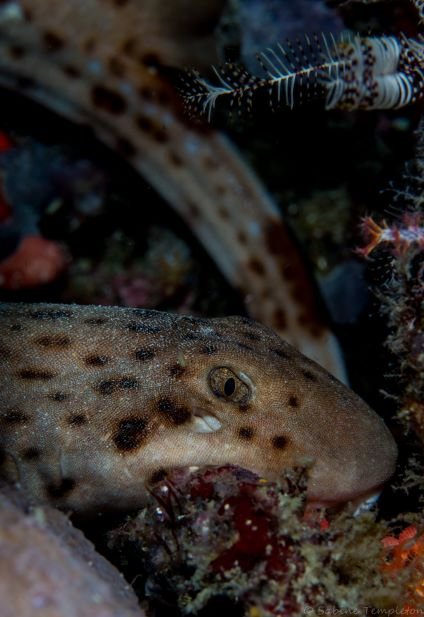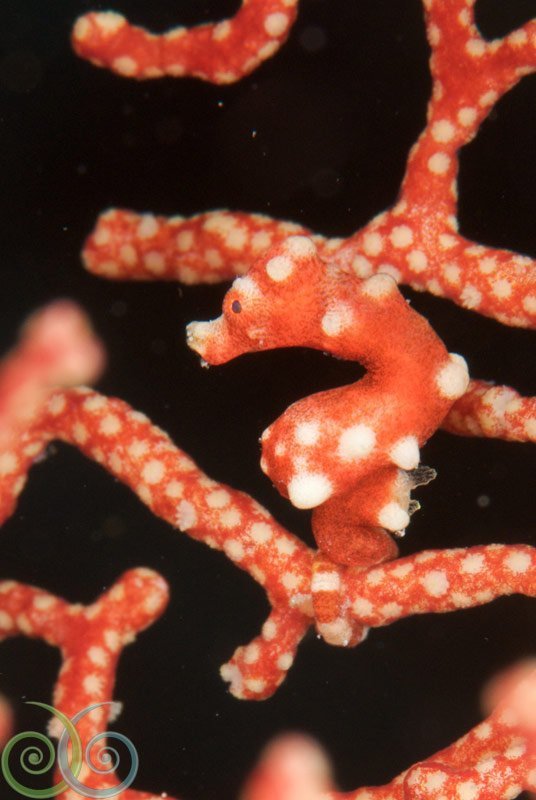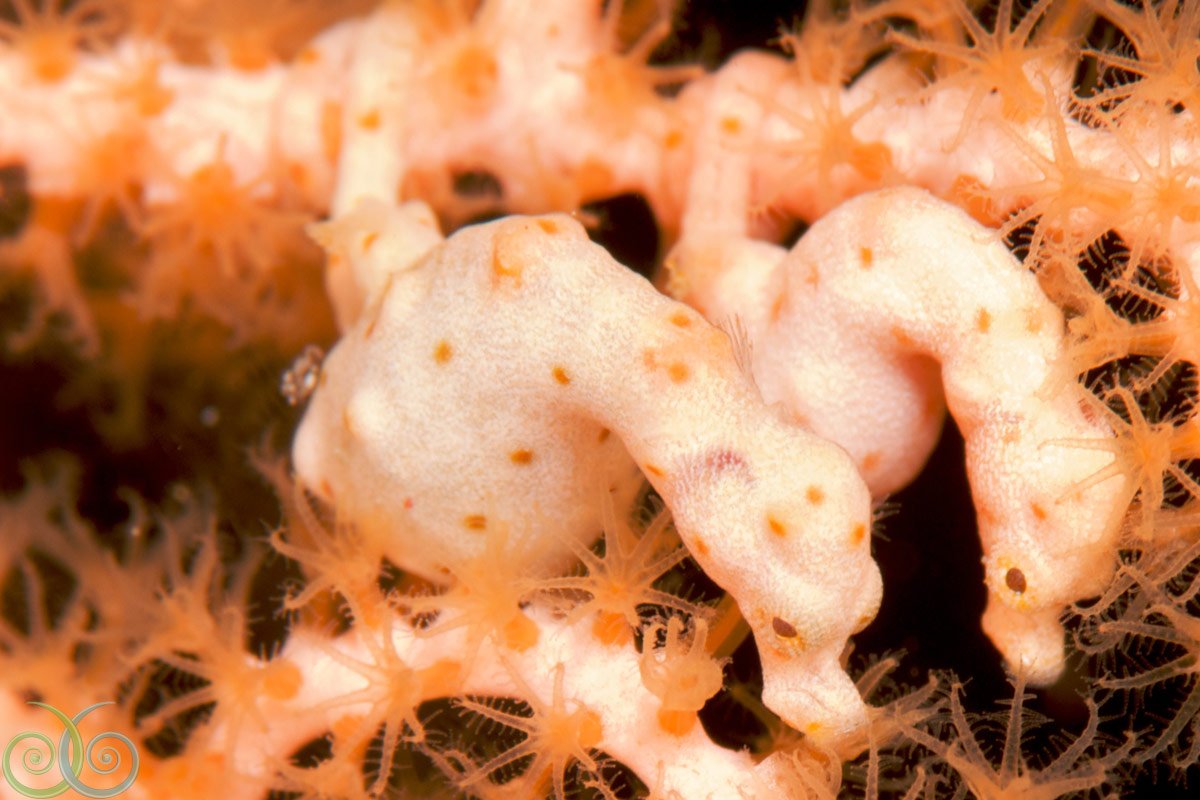The Seasons of Misool
The ebb, flow and flux of our seasons is what breathes life into the natural world. As we orbit the sun, solar energy influences all aspects of our planet, warming some areas, cooling other and setting a series of changes in motion. In the oceans, currents transport larvae and nutrients, marine animals migrate to search for food and warmer waters, cool, dense surface water sinks and warmer water rises to the surface, causing exchanges of temperature, carbon and nutrients.
In Misool we experience the seasons on land as well as underwater, and the ferocious South Monsoon is responsible for our annual closing. From mid-June until the beginning of September, the South Monsoon starts in Raja Ampat. Dry desert winds race northwards from Australia, reaching speeds of 30-40 knots. Three to four metre waves rip through the channel, and waves sometimes break on our jetty. The conditions are challenging and exciting, but not ideal for leisurely boat travel. The crossing from Sorong to our island is uncomfortable, and the turbid water surrounding the resort makes for very poor visibility.
By the time we reopen in mid-September, the winds have calmed and we begin to witness a fascinating dance in this rich marine environment. The South Season cools the water temperature (by cool, we mean around 26 C - hardly cause to brush off the dry suit), there is a lot of plankton in the water, which can mean an increase in the amount of megafauna that we see. One example of this is the possibility of encountering squadrons of mobulas hunting shoals of anchovies from September to December.
Mantas are year-round visitors to Magic Mountain and often can be seen at other sites at the beginning and end of the season. Sharks patrol year-round and each season we record an increase in shark sightings within the Misool Marine Reserve. Whitetip, blacktip and grey reef sharks are common visitors, as is the curious looking wobbegong shark. The wobbegong is an ambush predator that uses camouflage and mimicry to lure in its prey. The endemic Raja Ampat Walking Shark is best seen at night as it stalks the reef in search of a snack. Less common visitors are leopard sharks, nurse sharks, hammerheads and bull sharks. It pays to keep one eye on the reef and one on the blue to look out for any roaming ocean nomads.
And what about macro? Well as any marine treasure hunter will know, you need a good eye and a good guide to find some of the reef’s hidden jewels. Luckily, our guides are expert spotters, which means you can concentrate on the beautiful surroundings and preparing your camera for the next shot.
Is it inviting bad luck to guarantee marine life sightings? Well, our guides guarantee pygmy seahorses in the reefs around Misool. There are three species which are easily found even our House Reef: denise, bargabanti and the Raja Ampat or Santa Claus pygmy seahorse. The Hippocampus pontohi is less ubiquitous, so if your dive guide does show you this little chap, please extend your warmest gratitude after the dive.
Ghost pipefish can be seen mainly earlier in the season, until the water begins to warm towards 28 degrees Celsius. Frogfish are year-round residents and we can see the giant, clown and pygmy frogfish. Many species of nudibranchs can be spotted in Misool and Gorgonian Passage is one of the best sites for sea slug fanatics. And if you snorkel, no fear; Kalig Kecil is a great site for both divers and snorkellers to get to know Misool’s cryptic reef creatures.
Overall, we're confident that whenever you choose to visit Misool, you will see some underwater seascapes that will delight, inspire and enrich your body and mind.
Thanks to Sabine Templeton, Danielle Heinrichs and Juergen Freund for the images illustrating this piece.








